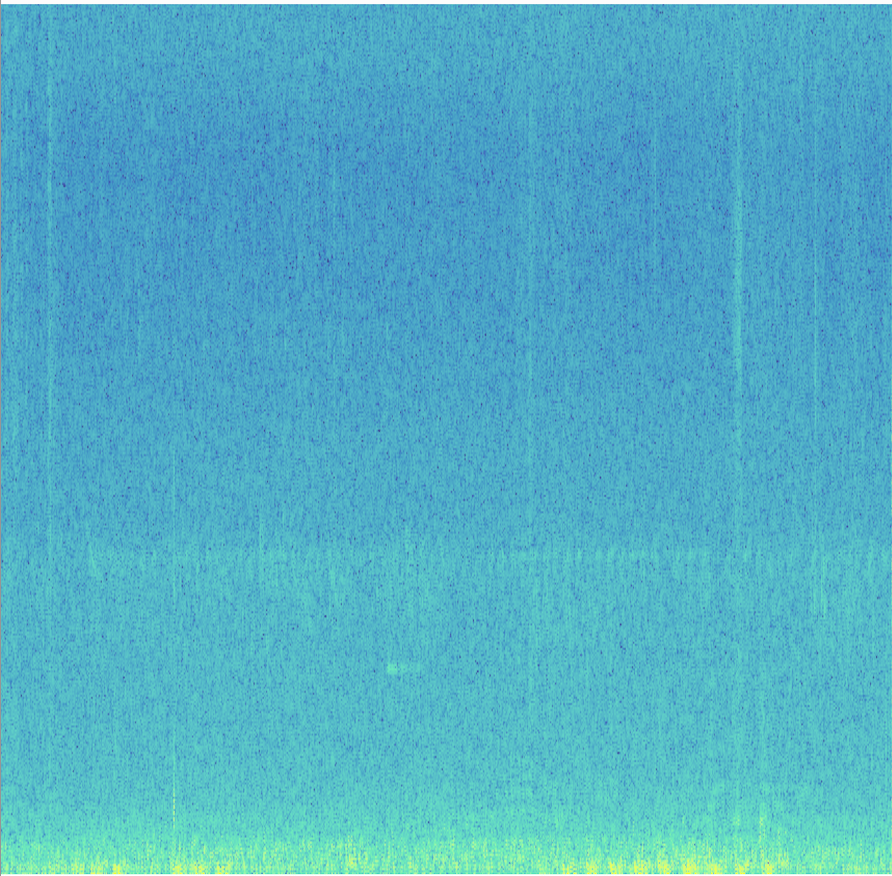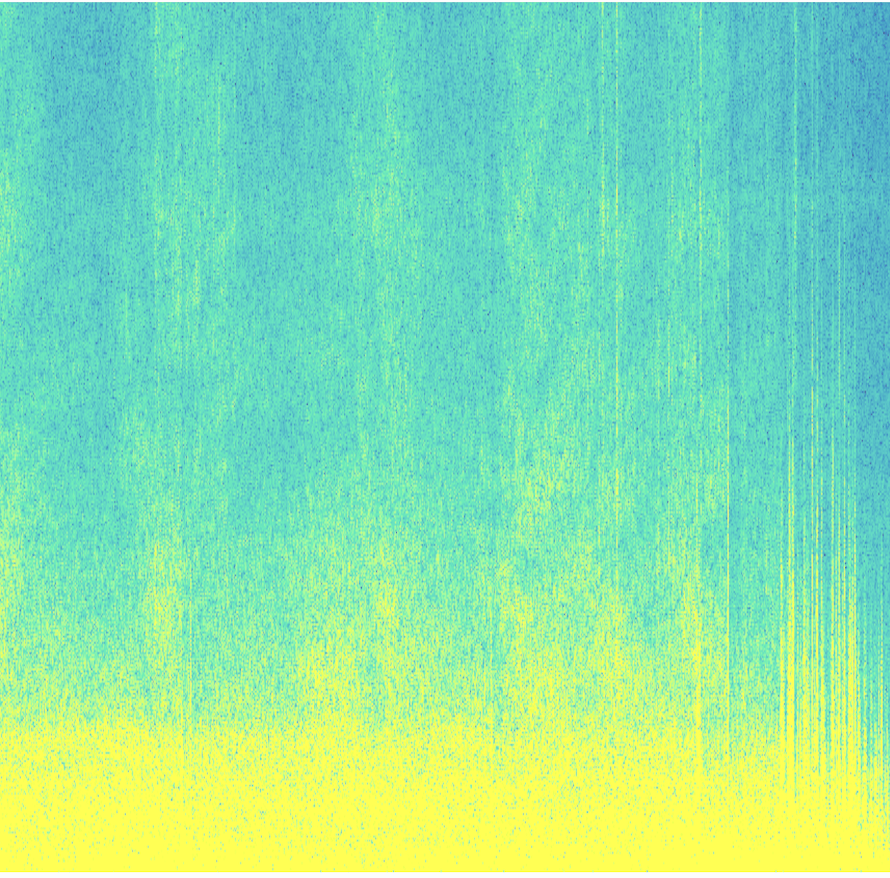Air at sea level exerts a force against a vacuum of about 14 pounds per square inch. We do not feel this because our internal systems operate within this density. In addition to this constant force, there are variations in pressure which we call acoustic energy, that cover a broad range of frequencies. The systems within our bodies function within this sea of pressure variations and it is consequently interesting to study and be aware of noise.
These pressure variations are sensed, not only by our ears but by our whole bodies. Our primal neurology (parasympathetic/vagus nerve) monitors these changes and evaluates the degree of safety of the surroundings based on the intensity of this energy. In nature, this low-frequency noise is rare and is associated with threat (such as the infrasound generated by a tiger’s roar or the pounding gait of a tiger).” In urban settings, this predisposes our neurology to constant vigilance, which we manage with our more specialized neurological faculties (sympathetic/neo-cortical). Managing this constantly drains our energy, reducing our capacity to adapt.
EAR LOBES
An interesting anatomical feature that might be connected to this is our Ear Lobes, which our Vagus Nerve innervates. Because these are free-hanging dense tissue, they would respond to very low-frequency pressure changes, and having two provides some stereoscopic information on vibration origination direction. The Vagus System’s protective mechanism is freeze/contraction, so this information would not orient us to fight/flee but would help to differentiate persistent low-frequency sounds from novel ones.
SUPPORTING DATA
These are spectrographs of background noise from a rural area (Mt. Shasta) and California St @ 9th Ave in San Francisco. Time is the X( ->) axis. The Y axis is frequency and the yellow is increased amplitude (volume). Note the high amplitude, low-frequency constant “rumble” of city noise. We cannot hear most of these noises, but we can sense them in other ways.


This data was captured using the BirdNET iPhone app.
LENTICULAR FORMATIONS
This picture is of a Lenticular Cloud formation on Mt. Shasta. It is a very low-frequency sound. The frequency can be calculated if the height of the mountain is known – about 10,000 ft. above the surroundings. From this, it can be inferred that the clouds are about an additional 10K ft., with 6 formations. The wavelength is 10K/6 = ~1700 feet.
At this altitude, sound travels about 1000 feet/second. Therefore the frequency of the sound is 1.7/1, or ~1.7 Hz. When this picture was taken Mt. Shasta was vibrating at this rate, a medium drum beat (~100 beats per minute).
This “sound” cannot be heard, but may be sensed in the body, particularly the gut neurology – Enteric Nervous System, which is quite sensitive to low-frequency sound.
Lenticular clouds arise when:
- Airflow is laminar – there are no nearby obstructions that can cause turbulence. Both Mt. Shasta and Mt. Fuji meet this requirement. This is the same phenomenon as blowing across the top of a glass bottle, where it will go into resonance in the right conditions.
- Water’s vapor point is near ambient air pressure. Small changes in air pressure can cause the water content to transition from liquid to gas. (This is also the source of the contrails seen at the tips of airfoils on jets).
- Windspeed is moderate and constant.


